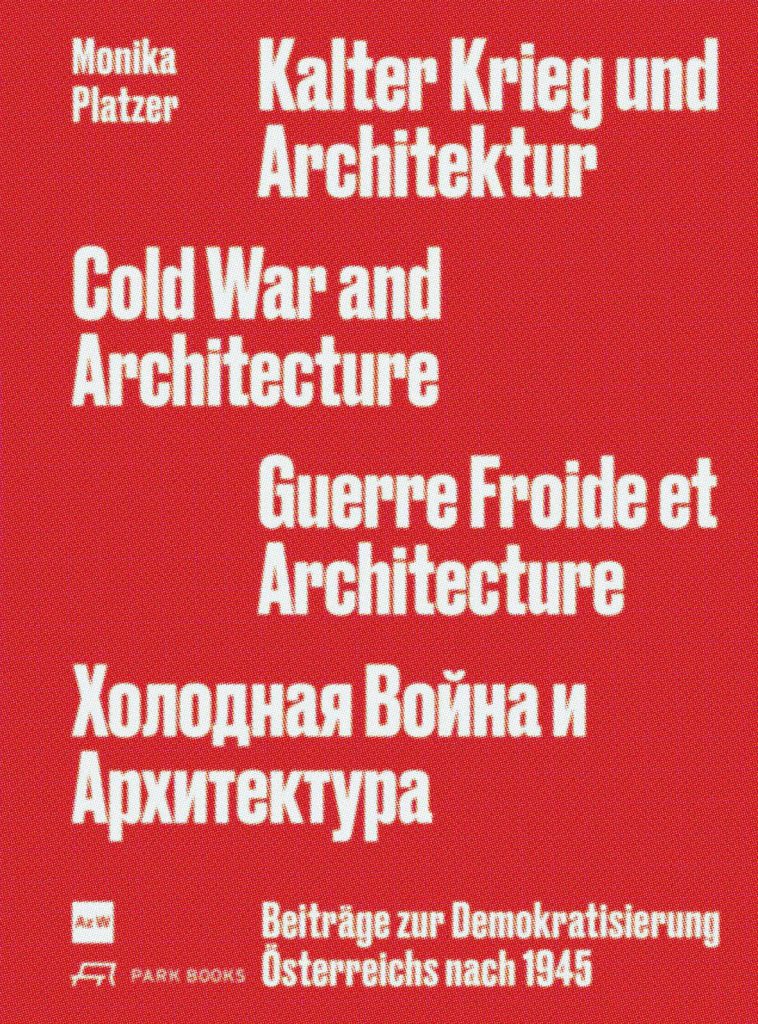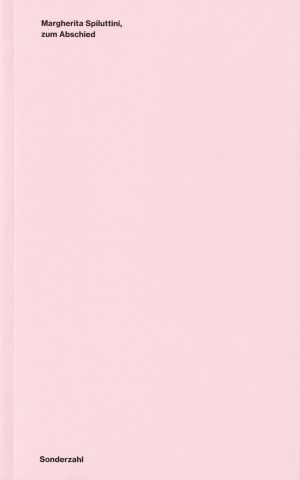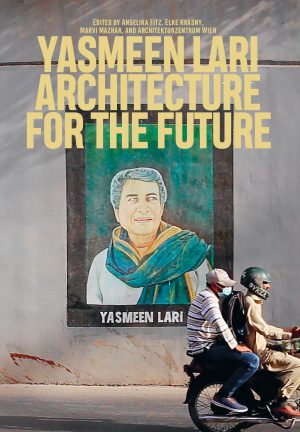
After 1945, the battle of the systems was also fought in the field of architecture. Architecture as part of a global struggle of differing political systems: with its transnational perspective, the book "Cold War and Architecture" changes our view of architectural history and postwar society.
58,00 €
incl. 10% VAT plus shipping costs




